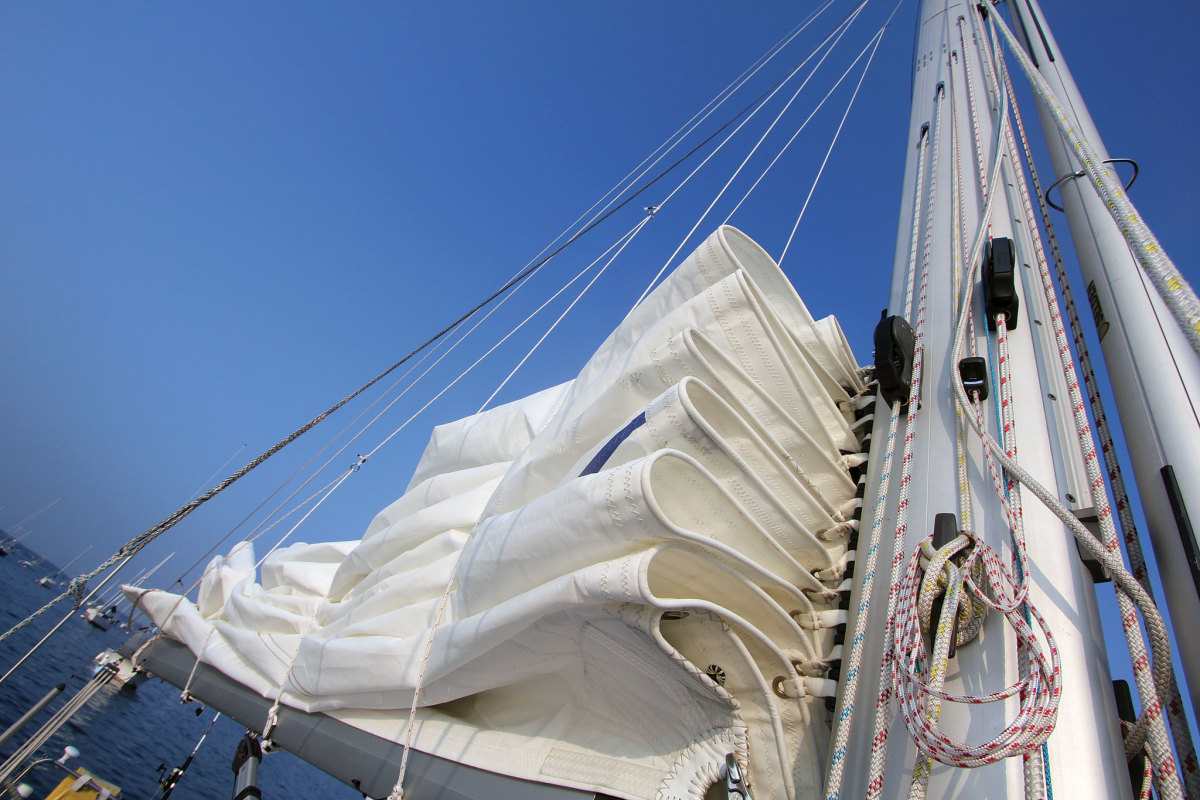Pictures would help. Not sure what you mean by a "pigtail". I've seen the term used to describe a power cord adapter and for something called a "soft shackle" If you mean a short piece of line that runs from the bottom of the sail (tack) to an attachment point, then that is called a pendant. And yes.... you can shorten that without a problem. If you are talking about something at the top of the sail (head), then the answer is also yes. You can shorten that.
Learning all of the sailing terms can be a daunting task. Here are some tricks that might help.
The top corner of a sail is called the head and I remember that because a head is at the top. For the jib the corner that you "tack" to the boat is called the tack. The corner you "claw" away from the front of the boat using ropes is called the "clew". I just imagine that someone with a thick British accent said claw with the accent sounded like clew..
When you talk about the edges of a sail, the bottom edge is called the foot... and that makes sense because a foot is at the bottom. The leading edge is called the luff and this one is harder to remember because when a sail flaps in the wind, it is called luffing and the luffing is more pronounced at the trailing edge. So I remember luff because it is a strange word and the remembergram is also weird. The trailing edge is called a roach and I don't have a good one for that.
Regarding the ropes. On a boat, a rope is only a rope until you give it a purpose then it becomes a line. I don't know why but that is the rule.
The mainline you mention.... I'm not sure if you are talking about the wire that holds the mast up or the "rope" you used to pull the sail up. If it is the wire... it is called a fore stay. If it is the "rope" it is called a jib halyard.
Lines use to raise sails are called halyards. The term comes from old square shaped sails. The top "pole" was called a yard and the rope you used to haul it up was the haul-yard rope. It got shortened to the halyard line. Lines use to control a sail after it is raised are called sheet lines and those are the lines used to control the "sheets" (a.k.a. sails).
Hope this helps.



